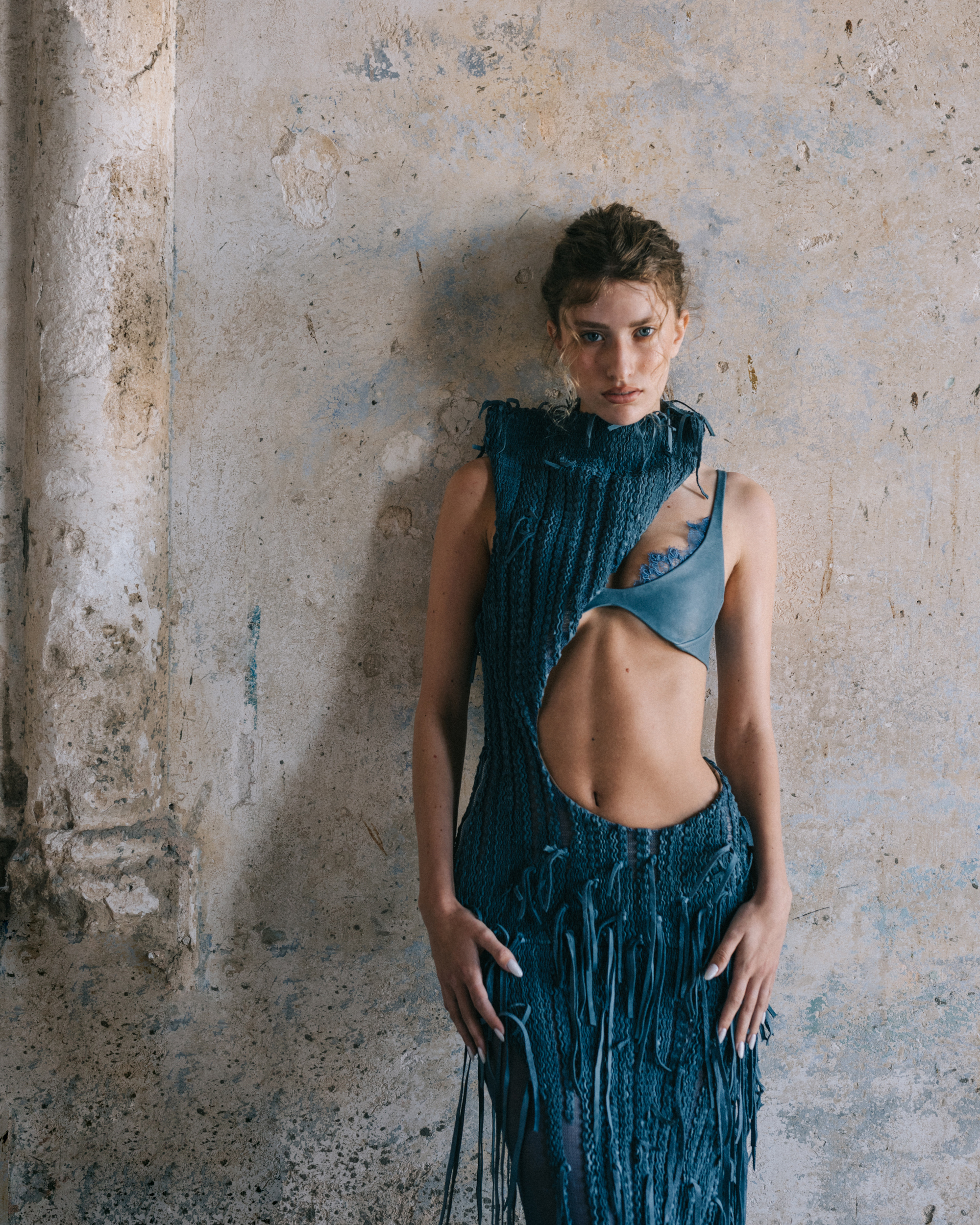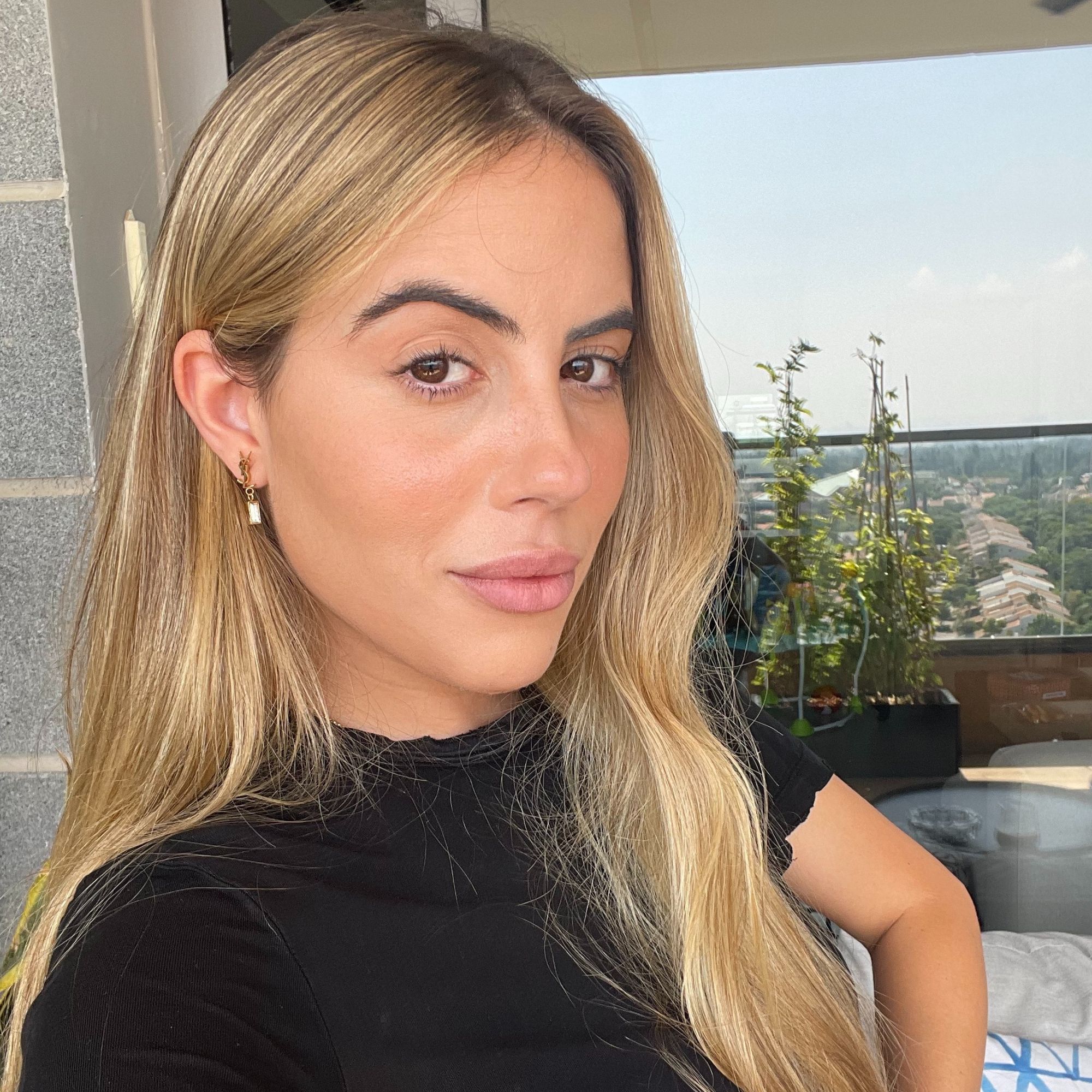Form and Substance: The Duality of Human and Material Expressions
Category: Apparel
My project deals with the relationship between man and matter, between the object and the subject. My inspiration for the project is the series of works "Fleeting Parts" by Milena Neaf, a Dutch visual artist. In the series of works you can see marble slabs with openings which the artist carefully carved in certain places, thus allowing parts of her body to perfectly emerge through the openings creating a feeling that the body and the material are one. Her series of works focuses on human softness. It reveals the strength and fragility of the human condition. The body in her series of works functions as the material itself and questions the duality between subject and object. It is important to say that there is also power in the moment of the performance and as Milena said: "the presence and absence of the body is an essential aspect of the work itself." The marble slabs are timeless and will have to function as autonomous objects." The curved lines in the model and the fringes that come out at the edges give a sense of movement created as a result of the interaction of the body with the garment. In addition, in the series of works Naf presents the idea that our body is in a constant "choreography" with its environment. Due to the inescapable presence of our bodies, she believes we define ourselves through the constant interaction we are forced to have with our environment. It was important for me in the collection to create clothes that focus on contrasts of exposure versus concealment, softness versus strength, and sharp lines as a pose too rounded and amorphous lines. Similar to Milena Neaf`s work process, the production process of my fabric was very carefully planned. During the initial phase, my father who works as a carpenter helped me cut the beef sheet into thin strips on a CNC machine. I knitted the strips using a weaving-knitting technique on a home knitting machine - a careful process in which I planned in advance the areas I want to leave exposed. My desire for the garment was to create a mirage for the viewer. Since knitted garments are associated as soft, by using leather (known for its strength and longevity) to knit I emphasized the contrast between soft and strong. In addition, it was important for me to utilize the entire sheet of cowhide (65 feet), so I left the strips that were left in the process of making the lattice-weave, transforming them into fringes that gave movement and liveliness to the garment as well as creating an interesting interaction between the body and the garment They correspond with the idea of "non finito", (unfinished), a technique in the world of art, in which the artist does not finish the sculpture and often leaves it un polished. The artist uses an amount of material beyond what is needed to complete the work, and leaves unfinished blocks of fragmented material on the sculpture, while presenting the figure as "stuck" inside a block of material, something reminiscent of Milena's works. In my collection I raise the questions when does the body become an object? And what is the result of the fact that our body always fills space and matter? This question is connected to the idea of Aristotle who said that "nature abhors emptiness. The empty space will always strive to be filled with gas or liquid to avoid being empty.' This project gave me a unique opportunity to delve into the body and its shell and the complex relationship between humans and the material world. It allowed me to focus on the body and its limits and the fact that the body functions as material. Thank you for your consideration.
Download PDF 1

 Copy URL
Copy URL
 Login to Like
Login to Like 